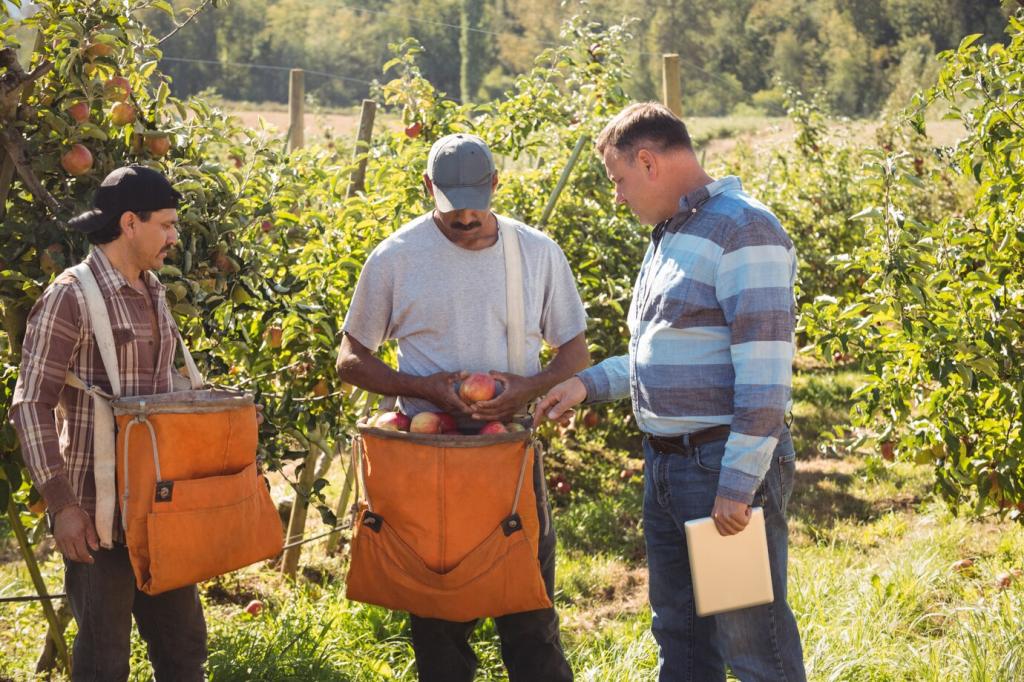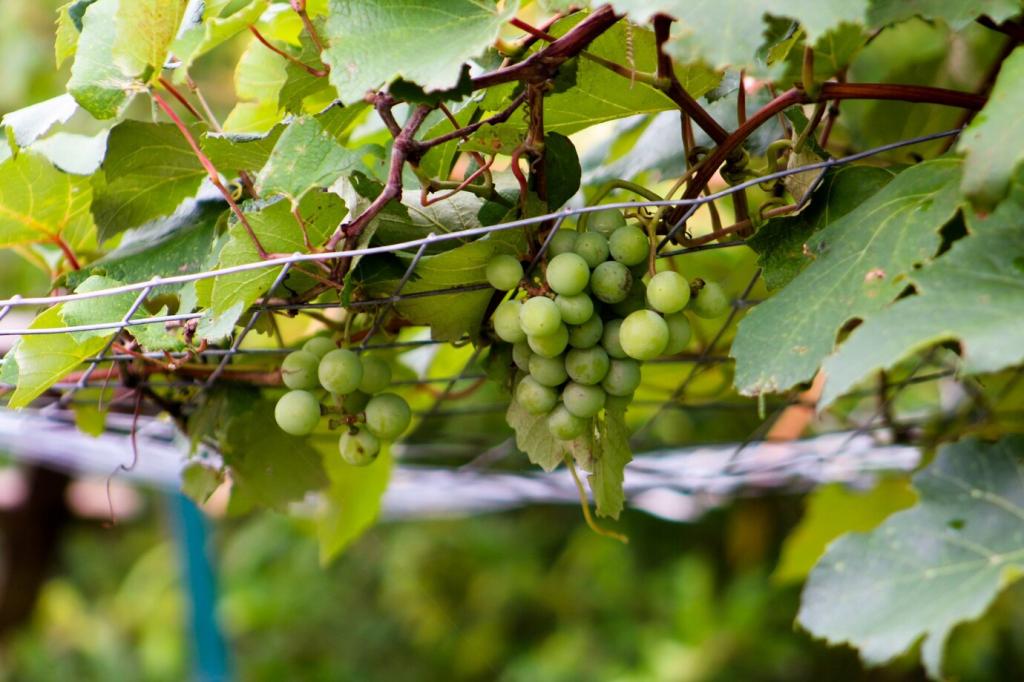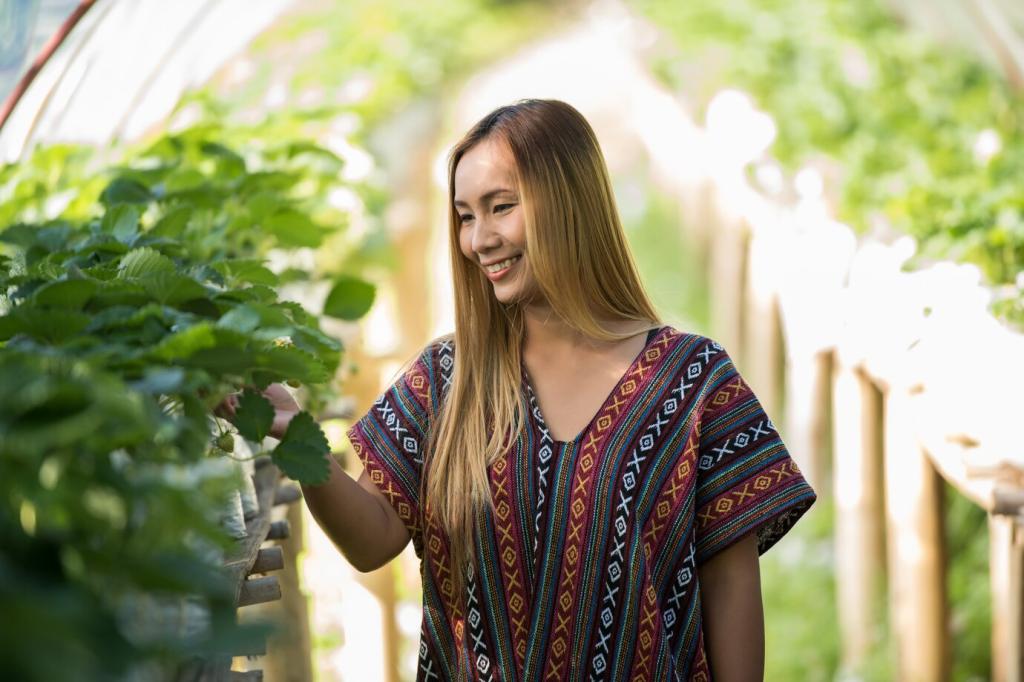Impact of Biodynamic Practices on Wine Quality
Biodynamic agriculture has increasingly influenced viticulture, with winemakers around the globe adopting its principles to enhance both vineyard health and wine quality. This holistic approach goes beyond organic methods by incorporating ecological, ethical, and spiritual considerations rooted in the teachings of Rudolf Steiner. By focusing on the synergy between soil, plants, animals, and celestial rhythms, biodynamic practices aim to create a balanced and self-sustaining vineyard ecosystem. This web page explores how these methods impact the sensory qualities, complexity, and sustainability of wine, providing insight into the distinctive results that biodynamic farming brings to the glass.
Holistic Vineyard Management
Biodynamic winegrowers see the vineyard as a dynamic, interconnected system where each component—from the soil microbes to the vines—plays a critical role. Rather than addressing problems reactively, they work proactively to foster balance. Cover crops, compost, and the strategic use of animals all help build soil fertility and vineyard health. This holistic view encourages resilience against pests, diseases, and environmental stress, promoting a sense of place that becomes evident in the character of the grapes. Over time, these practices develop a more expressive terroir, enabling wines to better reflect their origins.
Biodynamic Preparations and Their Role
A core aspect of biodynamic farming is the use of special preparations made from herbs, minerals, and animal manures. These substances, applied to soil or sprayed on vines, are believed to enhance soil vitality and plant development. Preparations such as horn manure and silica are applied in accordance with lunar and planetary cycles, seeking to harmonize natural forces. Critics may question the scientific basis, but many biodynamic growers and wine professionals attribute improved vitality and complexity in grapes to these time-honored rituals, claiming perceptible differences in wine quality and vineyard health.
The Biodynamic Calendar and Vine Care
The biodynamic calendar governs vineyard management decisions, dictating optimal times for planting, pruning, and harvesting. Rooted in lunar and celestial rhythms, this schedule is believed to influence plant growth and sap flow, affecting fruit composition and vine vigor. Adherents report that grapes picked at biodynamically auspicious moments show greater balance and aromatic intensity. By timing interventions with natural cycles, growers pursue a deeper connection with the environment, which they believe imparts greater harmony and nuance to the resulting wines.
Previous slide
Next slide

Influence on Grape Quality and Expression
Enhanced Soil Health and Grape Maturity
Biodynamic techniques build healthy soils rich in organic matter, fungi, and microorganisms, which in turn facilitate balanced nutrient uptake by the vines. The resilience fostered in the plant results in even ripening and smaller, more concentrated grapes, often with thicker skins and more pronounced phenolic content. These grapes tend to carry greater levels of flavor and aromatic compounds, contributing to the wine’s overall complexity. As soil vitality improves, the vineyard becomes better equipped to handle climatic fluctuations, ensuring more consistent grape quality vintage after vintage.


Native Yeasts and Spontaneous Fermentation
A hallmark of biodynamic winemaking is the reliance on indigenous yeasts present on grape skins and in the winery environment. These native microorganisms, nurtured by the biodiversity of the vineyard, drive spontaneous fermentations that can add layers of flavor and complexity. While this approach introduces variability and potential risks, skilled biodynamic winemakers harness the unique profiles imparted by wild fermentations, resulting in wines with distinctive character and depth. Such wines may display heightened aromatic diversity and texture that are difficult to replicate through conventional means.
Minimal Additions and Transparency in Wine
Biodynamic winemakers generally aim to minimize the use of additives and processing aids, with an emphasis on transparency and purity. Many limit sulfite additions and avoid fining or filtration, believing that these interventions can strip away nuance and dull the wine’s personality. This low-intervention approach allows each vintage’s inherent characteristics to emerge unmasked, preserving subtle expressions of terroir and vintage variation. The resulting wines are often praised for their textural vibrancy, energy, and clarity, seen as hallmarks of biodynamically shaped quality.
Ageability and Longevity
Advocates of biodynamic viticulture often claim that these wines possess greater longevity in bottle, attributed to factors such as healthier grapes, balanced acidity, and robust phenolics developed through mindful farming. The depth of flavor and structural integrity imparted by biodynamics are believed to support confident aging, with wines evolving gracefully and revealing new dimensions over time. Whether enjoyed young or cellared for years, these wines are valued by collectors and enthusiasts alike for their distinctive evolution and aging potential.
